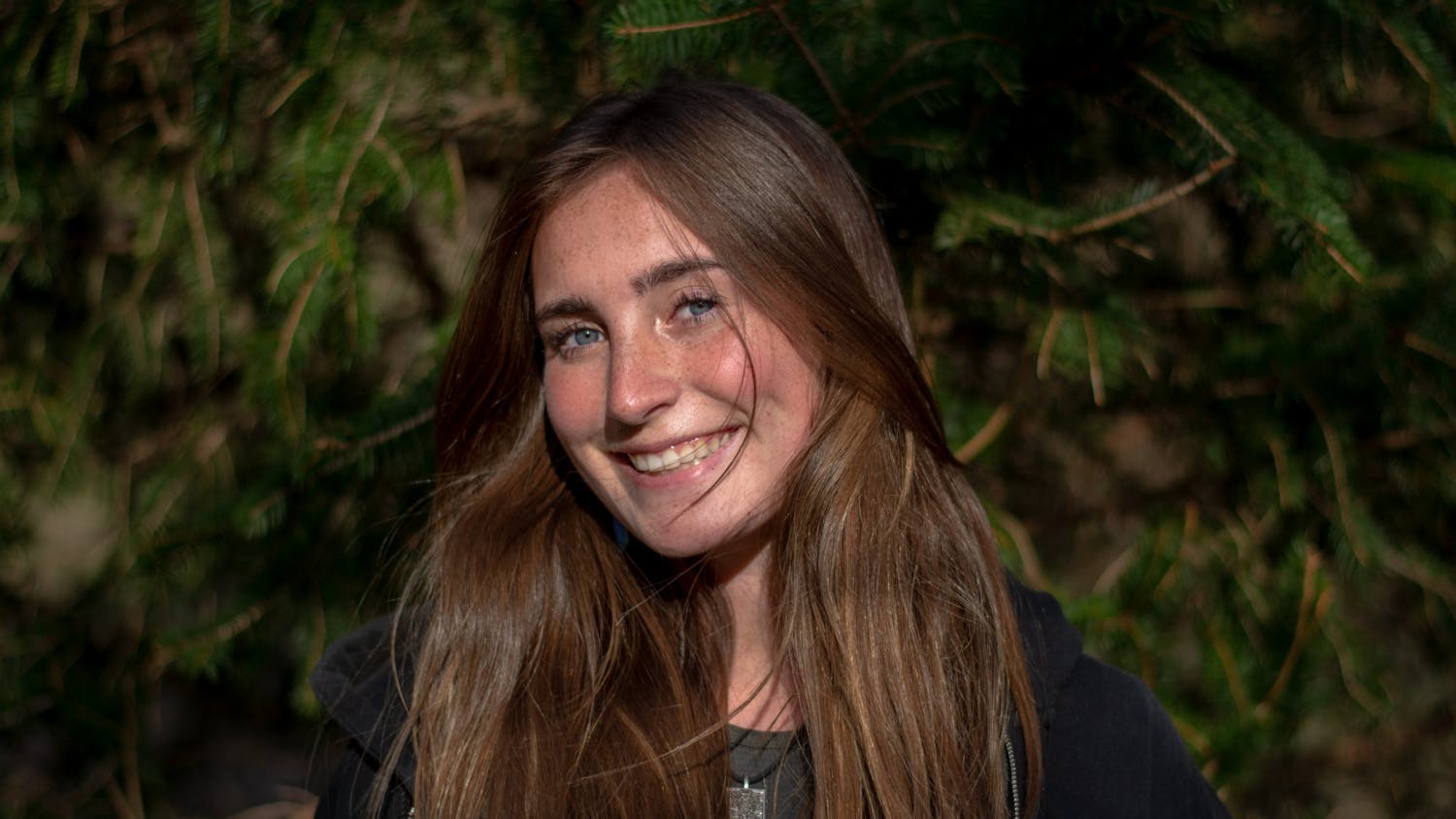Halloween Kills comes out this Thursday, marking the latest chapter in the Halloween film franchise. The franchise has been a cultural mainstay since its first film Halloween debuted in 1978, and this is due in part to its strongest element: the music.
Music has been a part of films since the first features were produced. During the silent era, films relied on an orchestra pit to portray a certain tone in the film with obvious results. The silent era had some of the earliest “eerie” soundtracks with German Expressionist pieces like Nosferatu and The Cabinet of Caligari. Even though the films don’t have their original soundtracks, there is a lot of work in the creation of the tone.
This is the standard moving forward for horror films — a set tone. Tone reflects the intent of the film and the emotions on display. For The Cabinet of Caligari, it’s meant to mimic the expressionist set designs.
In the years after, horror music lost this line of thinking. A stellar example being the theme to The Blob. More Beach Boys than John Carpenter, The Blob has become a camp icon for several reasons, the theme included.
Meanwhile, standouts of the era were Creature from the Black Lagoon, Psycho and the Forbidden Planet. The last of which used one of the first completely electronic scores. These films are standouts among the genre for their tension and ability to put a viewer on edge.
In Creature from the Black Lagoon the music builds as loud brass flourishes with the reveal of the creature. Psycho is accented with tears on a violin to show a sudden reveal of the killer. Forbidden Planet uses music to reflect an invisible menace, whose footsteps slowly grow louder.
While tension and tone are important, they are pieces of a larger music mosaic. Music can evoke a feeling, recall a memory and create an atmosphere, heard in the themes of Suspiria, Phantasm and Shock Waves. The pieces adapt synthetic styles of Tangerine Dream and Pink Floyd to form an atmosphere. This is most apparent in the incredible works of John Carpenter.
Articles have been dedicated to John Carpenter’s contributions to horror because he marks a high-point in the history of horror music soundtrack. Combining tone, tension and atmosphere, Carpenter delivers a soundtrack both for and separate from his films.
Carpenter’s The Fog shows how music fills the dead space between conversations. The accompaniment of music and cinematography defines the introduction of the film. It evokes a cold atmosphere and a slow build-up to the film's title reveal.
Modern horror films draw heavily from this legacy and have worked in the narrative language of music. Moving toward atmosphere, tone or tension, films like Mandy, Hereditary and Under the Skin have found new ways to scare or unnerve audiences.
Horror has moved from the slight ratcheting of tension to a mood that blankets a film. The theme is set, and the music reflects it. Mandy creates revenge thrillers similar to Straw Dogs, and Hereditary reminds viewers of Don’t Look Now, while Under the Skin is a story of its own.
Horror films are currently transitioning to a new style of presentation. Where tone, atmosphere and tension are established aspects of music, films are finding new ways to unnerve audiences — not with shrill high notes to induce shock but with more sublime scoring.
Music is often an overlooked part of film because film is largely visual. Although sound doesn’t define a scene, it creates a new perspective and contributes to the auditory aspect of horror.
Benjamin Ervin is a senior studying English literature and writing at Ohio University. Please note that the views and opinions of the columnists do not reflect those of The Post. Want to talk more about it? Let Benjamin know by emailing him be425014@ohio.edu.






